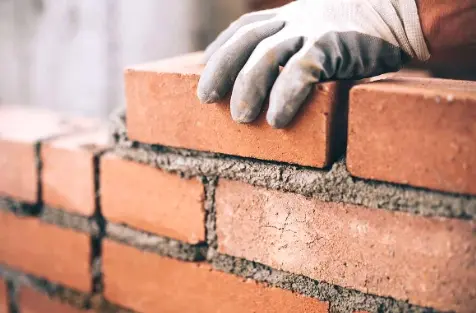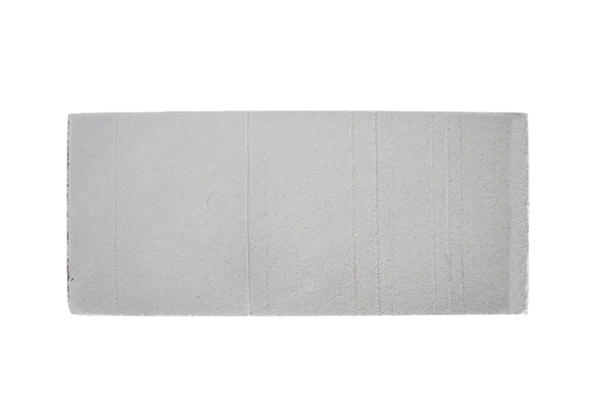In the construction industry, the choice of building materials significantly impacts the durability, efficiency, and cost of a structure. Among the many materials available, two of the most commonly used are traditional clay bricks and Autoclaved Aerated Concrete (AAC) blocks. Both have their own set of advantages and drawbacks, but a common question arises: Is AAC stronger than brick? To answer this, we must delve into the properties, strengths, and applications of both materials.
Understanding AAC Blocks
Autoclaved Aerated Concrete (AAC) is a lightweight, precast building material that has gained popularity in recent years. AAC blocks are made from a mixture of cement, lime, sand, water, and a small amount of aluminum powder. The mixture undergoes a chemical reaction, which creates tiny air pockets, resulting in a light and porous block. The blocks are then cured in an autoclave, which gives them their strength and durability.
Properties of AAC Blocks
- Lightweight: AAC blocks are significantly lighter than traditional bricks, making them easier to handle and transport. This property also reduces the overall weight of the structure, which can be advantageous in seismic zones.
- Thermal Insulation: The porous nature of AAC blocks provides excellent thermal insulation, helping to maintain a comfortable indoor temperature and reducing the need for additional insulation materials.
- Fire Resistance: AAC blocks are highly fire-resistant, with the ability to withstand temperatures of up to 1,200°C. This makes them a safer option for buildings where fire safety is a priority.
- Sound Insulation: The air pockets within AAC blocks also provide good sound insulation, making them suitable for residential and commercial buildings in noisy environments.
- Eco-Friendly: AAC blocks are made from non-toxic materials and produce less waste during production, making them an environmentally friendly choice.
Understanding Traditional Bricks
Traditional clay bricks have been used in construction for centuries. Made from natural clay, these bricks are shaped and then fired in a kiln at high temperatures to achieve their hardness and strength. Bricks have a solid, dense structure, and their durability has been proven over time.

Properties of Bricks
- Durability: Traditional bricks are known for their exceptional durability and longevity. They can withstand harsh weather conditions and have a proven track record in various types of construction.
- Strength: Clay bricks are known for their compressive strength, making them suitable for load-bearing structures. They provide stability and support, particularly in high-rise buildings.
- Thermal Mass: Bricks have a high thermal mass, which helps in regulating indoor temperatures by absorbing heat during the day and releasing it at night. This makes them energy-efficient, particularly in climates with significant temperature fluctuations.
- Fire Resistance: Like AAC blocks, bricks are also fire-resistant, though to a slightly lesser extent. They can still withstand high temperatures, making them a reliable choice for fire-prone areas.
- Aesthetic Appeal: Bricks have a timeless aesthetic appeal, often associated with traditional architecture. They can be used in various designs, adding to the visual appeal of a building.
Comparing Strength: AAC vs. Brick
When it comes to strength, both AAC blocks and bricks have their own merits, but they excel in different ways:
- Compressive Strength: Traditional bricks generally have a higher compressive strength than AAC blocks. This makes bricks more suitable for load-bearing walls and structures that require substantial support.
- Flexural Strength: AAC blocks, while not as strong in compression, have better flexural strength, meaning they can bend slightly without cracking. This property makes AAC blocks more resistant to seismic forces and impact loads.
- Durability: While AAC blocks offer good durability, traditional bricks have a longer track record of withstanding extreme weather conditions and wear over time. Bricks are less likely to suffer from water absorption, which can affect the longevity of AAC blocks if not properly sealed.
- Weight: The lighter weight of AAC blocks makes them less strong in certain applications compared to the denser and heavier bricks. However, their lightweight nature can be beneficial in reducing the overall load on the foundation, especially in multi-story buildings.
Conclusion
So, is AAC stronger than brick? The answer depends on the specific application and the type of strength being considered. Traditional bricks are generally stronger in terms of compressive strength and durability, making them ideal for load-bearing structures and areas exposed to harsh conditions. However, AAC blocks offer excellent thermal and sound insulation, are lighter, and provide better flexibility under stress, making them a strong contender in modern construction, particularly in areas where weight and insulation are critical considerations.
In the end, the choice between AAC blocks and bricks should be guided by the specific needs of the project, taking into account factors such as load requirements, environmental conditions, and long-term performance expectations.
Post time: 9月-11-2024





